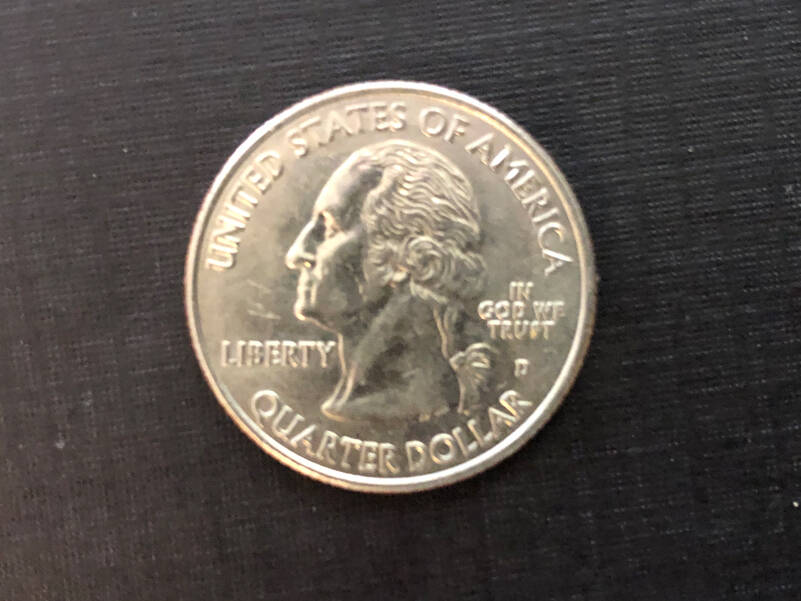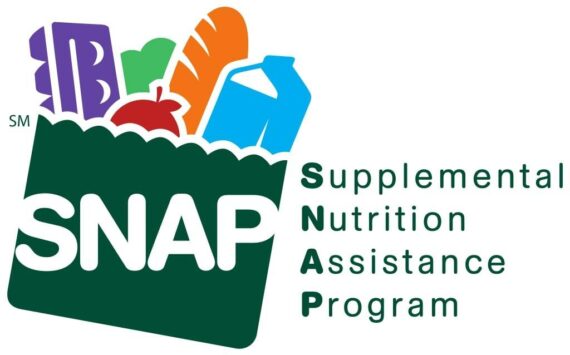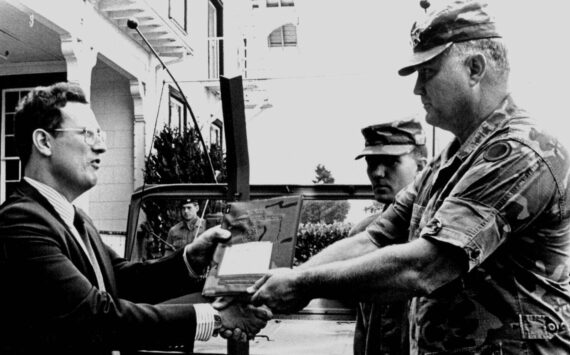By Morf Morford, Tacoma Daily Index
Like talent, charm and good looks, money and opportunity are not evenly distributed.
Describing this (or any) economy as thriving, floundering or even in a state of collapse, is, perhaps like almost everything else, in the eye of the beholder.
Virtually everyone you talk to will give a (slightly, or even dramatically) different appraisal of the current economy based on how it impacts them – and how able they are to respond to the unexpected.
A little perspective
A close family member who lived through the Great Depression (1929 – 40 or so) told me that back then “Everybody had nothing”.
It seems strange to put it into words, but people back then actually had it pretty good in terms of personal finances. We might have creature comforts, artisan coffees, gadgets and handheld devices that previous generations never could have imagined, but we have one massive burden they also never could have imagined: debt. And, by extension, financial anxiety.
Most people I know, for decades of their adult lives, would have been thrilled to “have nothing”.
Few, if any back then, knew anything of credit scores – or their lasting impact on one’s ability to buy a home, a vehicle or even find employment.
To have a blank slate, a new beginning, would be the answer to a multitude of problems both personal and social.
Oddly enough, the Bible addressed this issue a few millennia ago. It was called the year of Jubilee – when debts were cancelled, land went back to its original owners and slaves were set free. Unlike the American version of slavery, back then a slave could only be held six years (Deuteronomy 15:12-15) and, on release was to be rewarded “liberally”. In other words, not in debt, and not with “nothing”.
Modern day Americans should be so lucky
According to a recent study by WalletHub, almost seven million Americans have at least one credit account where they are late on their payments (or have been allowed to delay them).
By any criteria, this has been a crazy couple of years when it comes to financial health for any of us.
I spoke to one Seattle-based commercial real estate agent who recently told me that the Seattle-area market, once the hottest in the country, was now effectively non-existent.
Interest rates, wildly fluctuating real estate prices – and employment – have led to a record number of people and businesses large and small, under duress.
From their website, WalletHub described their research as investigating by using “nine key metrics in six overall categories: 1) Credit Score, 2) People with Accounts in Distress, 3) Average Number of Accounts in Distress, 4) Change in Number of Bankruptcy Filings – September 2023 vs. September 2022, 5) “Debt” Search Interest Index and 6) “Loans” Search Interest Index.”
And by this standard, many of us across the country are in financial jeopardy.
Especially in some areas
Louisiana is the state where people are in the most financial distress. The Gulf Coast is extremely vulnerable to natural disasters and the state has the second-highest poverty rate in the country.
More than 11% of Louisianans have a credit account where they have temporarily been allowed to not make payments due to financial difficulty – the highest percentage in the U.S. And the average credit score in Louisiana is 642, the third-lowest in the country.
In second place
Mississippi is the state with the highest poverty rate – over 19% according to the latest Census data. This is a sign of embedded underlying financial problems that contribute to the state’s residents having the lowest average credit score in the country: 634. For individuals, that’s bad credit territory.
And in third place
Texas is the eighth largest economy in the world – which means it has a bigger GDP than most entire countries.
Texans are having a number of economic struggles, including an increase of more than 21% in non-business bankruptcy filings in the past year. Interest rates, energy costs and natural disasters have hit the state harder than most others. Nearly 7% of the state’s residents have an account in forbearance or with deferred payments.
Rounding out the top five were Tennessee and Nevada. The rest of the top ten of the list you’d rather not be on consists of South Carolina, Alabama, Washington DC, Georgia and Kentucky.
The Red and the Blue
Whether it is cause, correlation, policy or sheer accident, there is a stark divide in the debt level between the politically defined “red” and “blue” states.
Based on how states voted in 2020, “red” states had an average rank of about 20, while “blue” states had an average of well over thirty (out of 51 – the fifty states plus Washington DC).
And, just a reminder, the lower the rating, the higher the average debt level. On this list, you don’t want to be number one.





